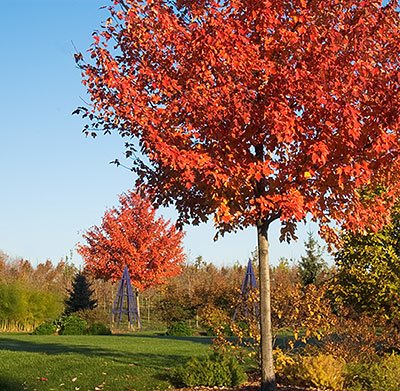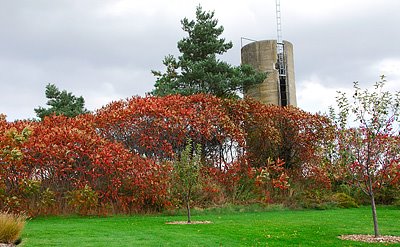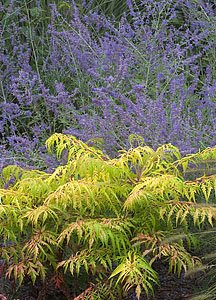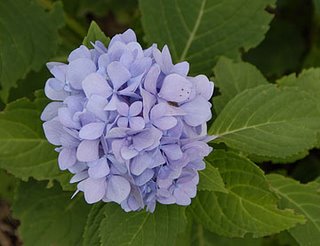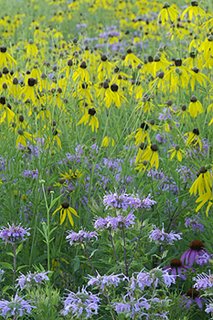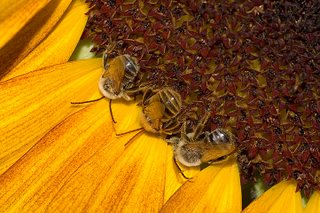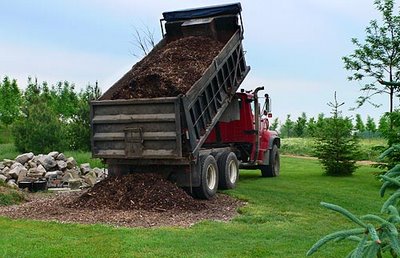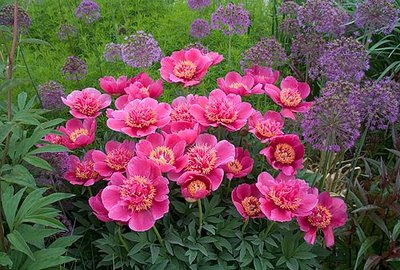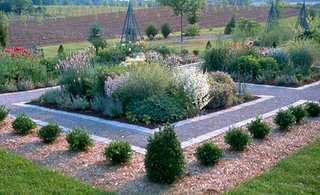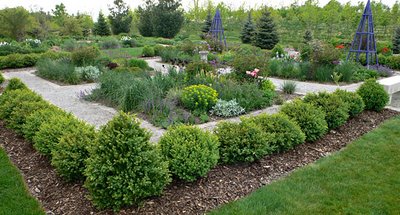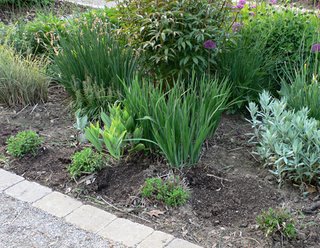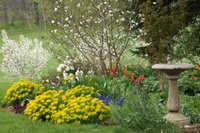
You can spend a lot of enjoyable time reading the wit and green thumb wisdom of the gals over at "Garden Rant." (Links below. Warning: serious procrastination destination!) They've got a year-end review up of the hottest garden rants of 2006, and the third hottest (eliciting 27 comments) was the top 10 reasons for hating houseplants.
I agree with every last one of them, especially number 6:
"Houseplants require dusting, washing off, and other maintenance that would not be necessary if they would just go outside where they belong. I can't be bothered to dust a lampshade, so why would I dust a philodendron?"
One comment nicely summed up my main reason for hating houseplants. Having an acreage means that when winter comes, I'm just plain tired and in dire need of a time-out:
"All your nurturing instincts of watering, aphid washing, feeding and such get used up outside. When you are done and it is time to go inside, you do not want a bunch of hungry, thirsty, dirty plants clamoring for your attention."
We don't allow houseplants here, I like to think, BUT there is a two-foot tall jade plant residing in the living room, the only plant I allow there, except for amaryllis bulbs when they come into bloom. The jade plant grew from a single leaf cutting I started about 10 or 11 years ago. How can I not love a big plant I started from a small leaf?
I also had a Christmas cactus for - let's do the math: I got it at age 22, when a friend moved out west and I took over her apartment, and finally let it go to compost heaven when I turned 50. Yikes, that's almost 30 years, 28 to be exact.
I guess the other plants we have indoors aren't really houseplants, but outdoor container plants that we take inside for the winter, chiefly rosemary (several in large pots), tropical succulents, and some fancy-leaved pelargoniums. They are consigned to the basement to eke out an existence under a big mercury vapor lamp. This is so I don't have to look at them. Also: who cares if water spills on the basement floor?

As I don't do houseplants, my coping strategy or cop out, if you will, is that my husband - a gardener in his own right (rock gardening and seed starting are his gigs) - takes care of them. Yes, indeed, and he actually volunteered for this job.
I almost forgot to mention his small collection of phalaenopsis orchids, which, oops, also graces (yup, you guessed it) the living room. He has put their watering/fertilizing schedule into his Palm Pilot, which he follows religiously.
No, he's not for hire. He's the one with the real job, the enabler of my part-time garden writing, photography, and full-time gardening - in season, of course.
So it's the New Year coming up: just three more months of non-gardening. There are plenty of images to process and writing projects to get done, so I better get going. Gotta keep those houseplants from taking over!
Read Top Ten Reasons Why I Hate Houseplants over at Garden Rant. See also HOTTEST GardenRants of 2006.






